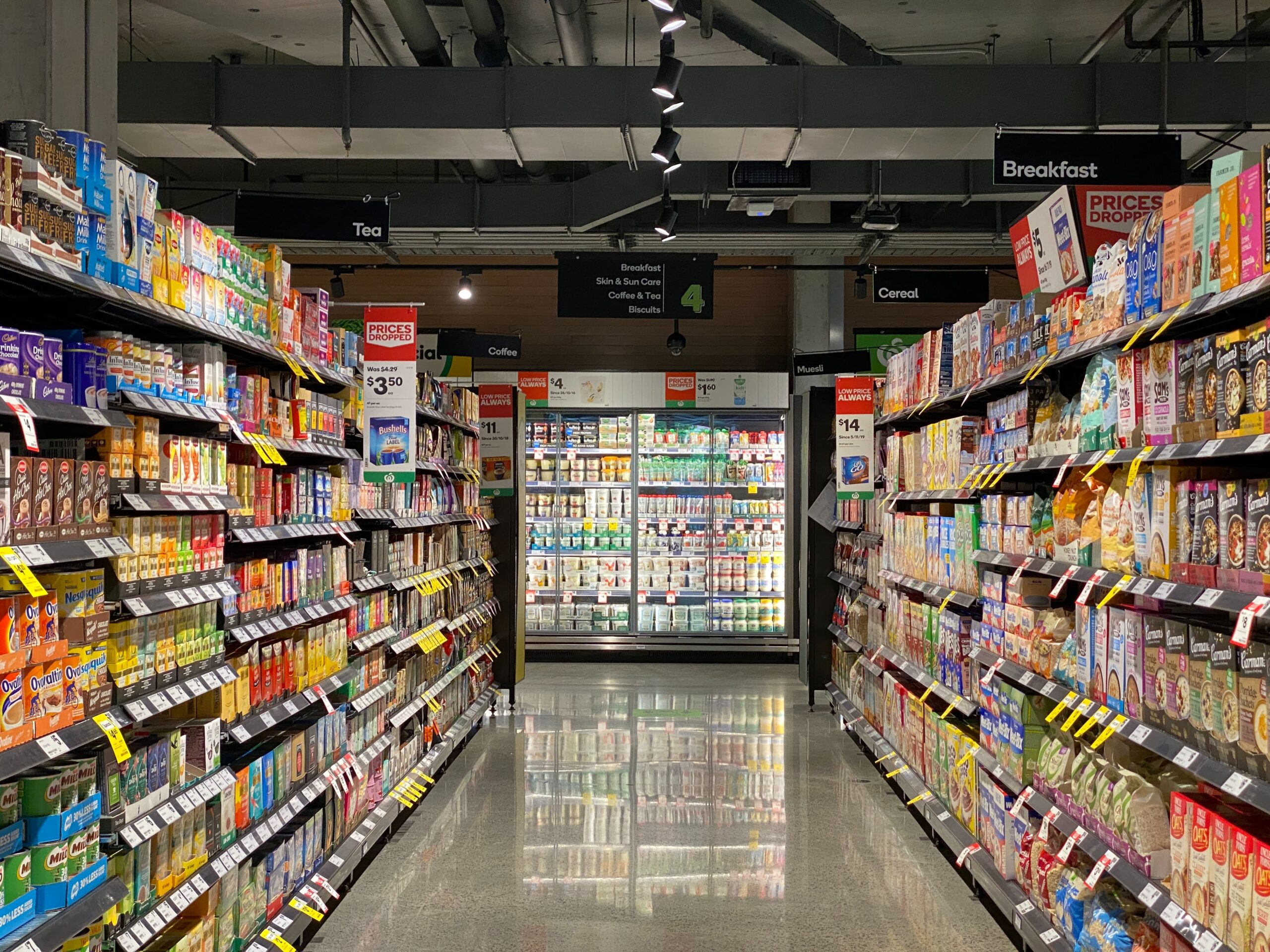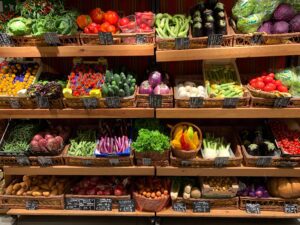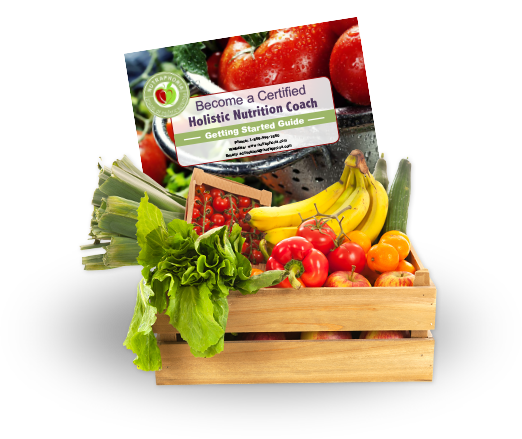November 10, 2023

As a society, we’ve become increasingly reliant on processed and packaged foods. These “food-like products” are often high in chemicals, ultra-processed seed oils, sweeteners, and more, while being simultaneously low in the nutrients that fuel our body. In fact, a 2016 study found that almost 60% of the calories consumed by North Americans come from ultra-processed foods, or “franken-foods.”
This reliance on processed foods in our diet is a major contributor to the rise of chronic diseases such as obesity, type 2 diabetes, and heart disease, all of which are generally preventable lifestyle-related conditions. In other words, there are many things we can do in order to reduce our risk of these conditions, and it begins with what’s on our plate. The benefits of eating more whole foods and less processed foods are vast.
Reading Food Labels
One of the simplest ways to start consuming more whole foods is to first learn how to read food labels. This is not just about looking at the calorie count or fat content, it’s about understanding what ingredients are in the food you’re eating, and in what amounts. This simple understanding alone can empower your decision-making process every single week as you shop the aisles at the grocery store, and have a tremendous impact on you and your family’s health.
When you read a food label, look out for ingredients like high fructose corn syrup, hydrogenated oils, and artificial flavors and colors. These ingredients are often added to processed foods to enhance flavor and texture, but they’re not offering anything beneficial for your body. A simple way to familiarize yourself with ingredients is to actually look them up online if you don’t know what it is. Can you figure out what it’s used in the recipe for? Are there any potential health risks to consuming it? Having an intention to simply learn what the ingredients are in the foods you’re already eating can be an incredibly eye-opening experience!
Eating More Nutrient-Dense Foods
Instead of relying solely on processed foods, focus on incorporating more nutrient-dense, whole foods into your diet. These are foods that are rich in vitamins, minerals, and other essential nutrients. Some examples of nutrient-dense foods include leafy greens, berries, nuts and seeds, fish, and whole grains. If it doesn’t have an ingredients list, and it grew from a plant, it is very likely a nutrient-dense food.

You’ll notice that nutrient-dense, whole foods come in all of the different colours of the rainbow. These different colours are a sign that they hold different types of phytonutrients, many of which have different beneficial compounds that help the body to function optimally. If you are aiming to eat more nutrient-dense foods, it makes sense to also aim to, “eat the rainbow,” giving your body plenty of “good chemicals” to work with!
The Importance of Eating Real Ingredients
When we rely on processed foods, we’re often eating foods that have an ingredient list a mile long. But when we focus on whole foods, we’re eating foods that ARE ingredients themselves.
By eating more whole foods, we’re not only getting the nutrients our bodies need, but we’re also avoiding all of the added artificial ingredients that come with processed foods.
In the words of Dr. Mark Hyman, “Food is not just calories, it’s information. It actually talks to your DNA and tells it what to do.” So let’s start giving our bodies the information they need to thrive, by focusing on real, whole foods.
10 Ways to Incorporate More Whole Foods Into Your Diet Today
Here are 10 simple ways you can begin incorporating more whole foods into your diet today. Remember: It is often the small, simple changes you make daily that have the biggest impact!
- Start every day with a nutrient-dense breakfast.
- Swap out processed snacks for fresh fruits and veggies.
- Make your own salad dressings and marinades using whole-food ingredients and quality oils.
- Experiment with plant-based protein sources like legumes and nuts.
- Incorporate more whole grains into your diet, such as brown rice and quinoa.
- Add leafy greens to your meals for an added nutrient boost.
- Make homemade soups and stews with fresh, whole-food ingredients.
- Swap out sugary drinks for water, herbal tea, and fresh juices.
- Snack on raw nuts and seeds for a healthy dose of nutrients and healthy fats.
- Get creative with your cooking and try new recipes that incorporate more whole-food ingredients!
Incorporating more whole foods into your diet can be an enjoyable and rewarding experience. Not only will you be fuelling your body with the “ingredients” it needs to thrive, but you’ll also be supporting sustainable agriculture and local farmers. So eat less “franken-foods,” and embrace the power of whole foods today!


